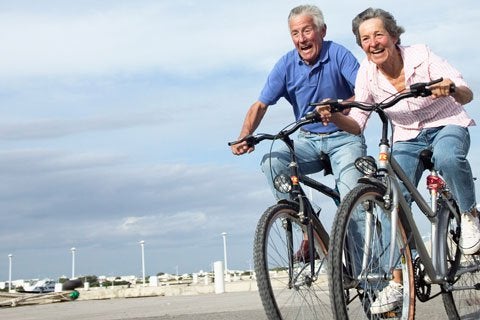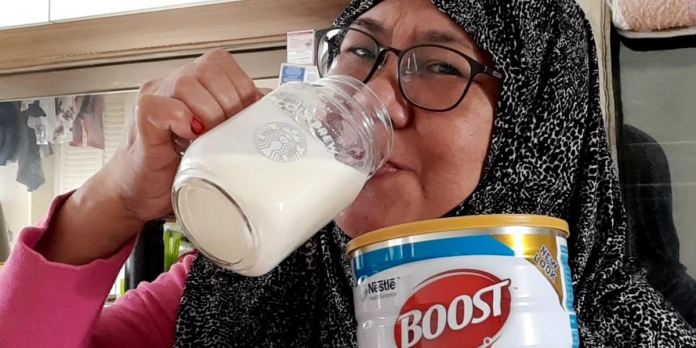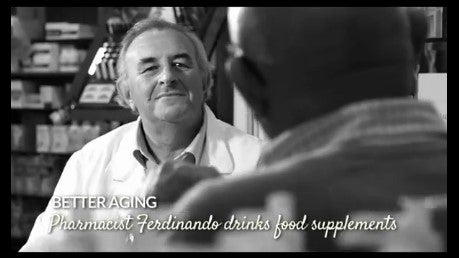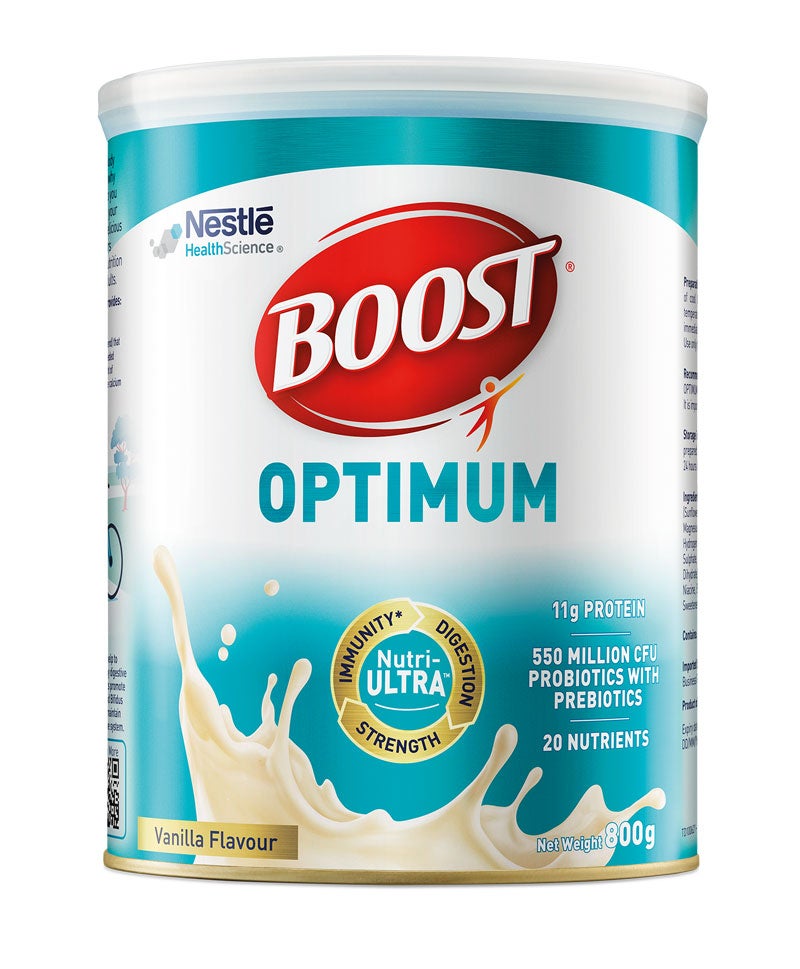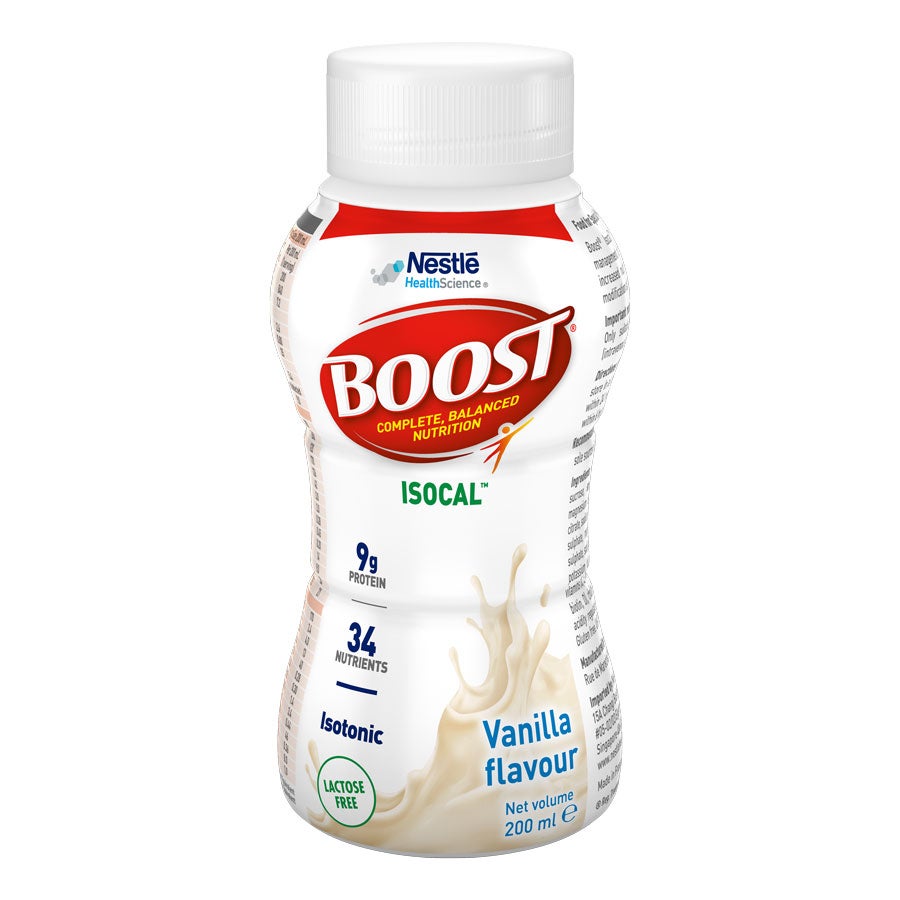Changes in energy metabolism and body composition commonly occur in older people. 1,2Changes in fat distribution make older people more prone to diseases such as stroke, diabetes, heart disease and hypertension, while losses in muscle are linked to impaired immunity and increased infection risk.1 Clearly, nutrition is very important for older adults to maintain health and achieve longevity.
Malnutrition is avoidable, but in the elderly, there are many bodily changes that can promote malnutrition.
As we age, our sense of smell and taste increasingly become less sensitive.3 This, coupled with deteriorating dental health and reduced physical activity, can lead to lower appetites and thus, insufficient nutrient intakes and possible unintended weight loss.4 The elderly also suffer age-related loss of muscle, or sarcopenia.5 With less muscle power, the elderly become more prone to frailty and injuries.
Changes in absorption in the digestive tract also occur as part of ageing.6 Otherwise healthy individuals may have poor absorption of fat, which may lead to both weight loss and vitamin deficiency.7 Vitamin deficiency occurs because some vitamins, specifically vitamin A, D, E, and K, are fat-soluble, requiring fat for the body to absorb them.7,8
It is also recognised that the microbial balance in the colon change with ageing, impacting gut function and well-being among the elderly.9
Lastly, there is the problem of lactose intolerance or malabsorption in elderly patients.10 The decline in ageing results in a decrease in the production of lactase, the enzyme that breaks down lactose. With low levels of lactase, elderly individuals who ingest lactose-containing food, such as some milk-based oral supplements, may develop bloating, nausea, and even diarrhoea. These symptoms can result in an even poorer nutritional status.
With all of these problems developing as one ages, the challenge is to find an oral nutritional supplement that takes all of these into consideration. We need to look for the following:
- Products that provide complete nutrition, with optimal levels of macronutrients (glucose, fat and protein) as well as micronutrients (vitamins and minerals). Adequate protein intake, in particular, will help reduce muscle loss and improve mobility.5
- Products with prebiotics and/or probiotics to help restore balance of good bacteria in the gut.9
- Products that are lactose-free so elderly patients can consume these products without worrying about the complications of lactose intolerance.
- Products with fibre, as constipation is common among the elderly.11
- Products that come in measurable doses, preferably in liquid or powder form, so that elderly people can be confident that with appropriate amounts of these supplements, they can get the optimum level of energy, as well as vitamins and minerals they need.
1. Hickson M. Postgrad Med J. 2006;82:2-8.
2. Roberts SB, Rosenberg I. Physiol Rev. 2006;86:651-667.
3. Boyce JM, Shone GR. Postgrad Med J. 2006;82:239-241.
4. Rolls BJ. Crit Rev Food Sci Nutr. 1993;33:39-44.
5. Morley JE. Fam Pract. 2012;29 Suppl 1:i44-i48.
6. Lovat LB. Gut. 1996;38:306-309.
7. Kasper H. Int J Vitam Nutr Res. 1999;69:169-172.
8. Russell RM. J Nutr. 2001;131:1359S-1361S.
9. Duncan SH, Flint HJ. Maturitas. 2013;75:44-50.
10.Di Stefano M, Veneto G, Malservisi S, Strocchi A, Corazza GR. Scand J Gastroenterol. 2001;36:1274-1278.
11.Vazquez Roque M, Bouras EP. Clin Interv Aging. 2015;10:919-930.





